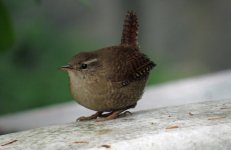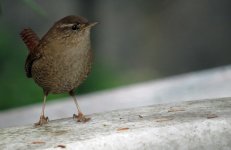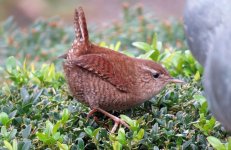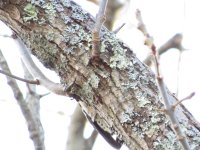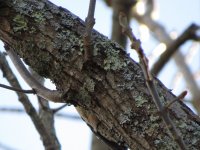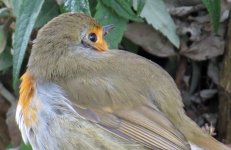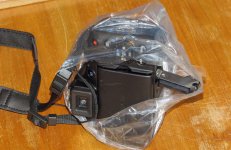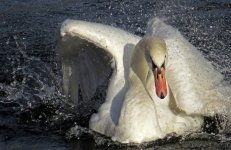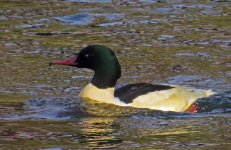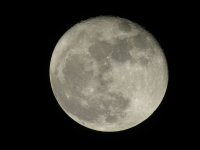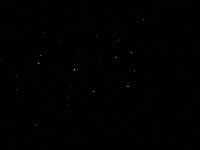HermitIbis
Well-known member
I've bought another SX50, for half the price paid in November 2012 for my first. No warranty, sold "as new", and I believe it was never really used. 14 days return option, but the first photographs look good. The Gold crests were shy, so a Wren kindly helped out. In dim December light, I find myself preferring the AV mode over the standard settings favoured in this thread, based on TV mode. In the rare moments when a bird is close enough to allow a serious photo, I want to be sure to achieve an acceptable result; the AV mode mostly delivers. But I'll gladly return to TV mode when the sun shines again.




